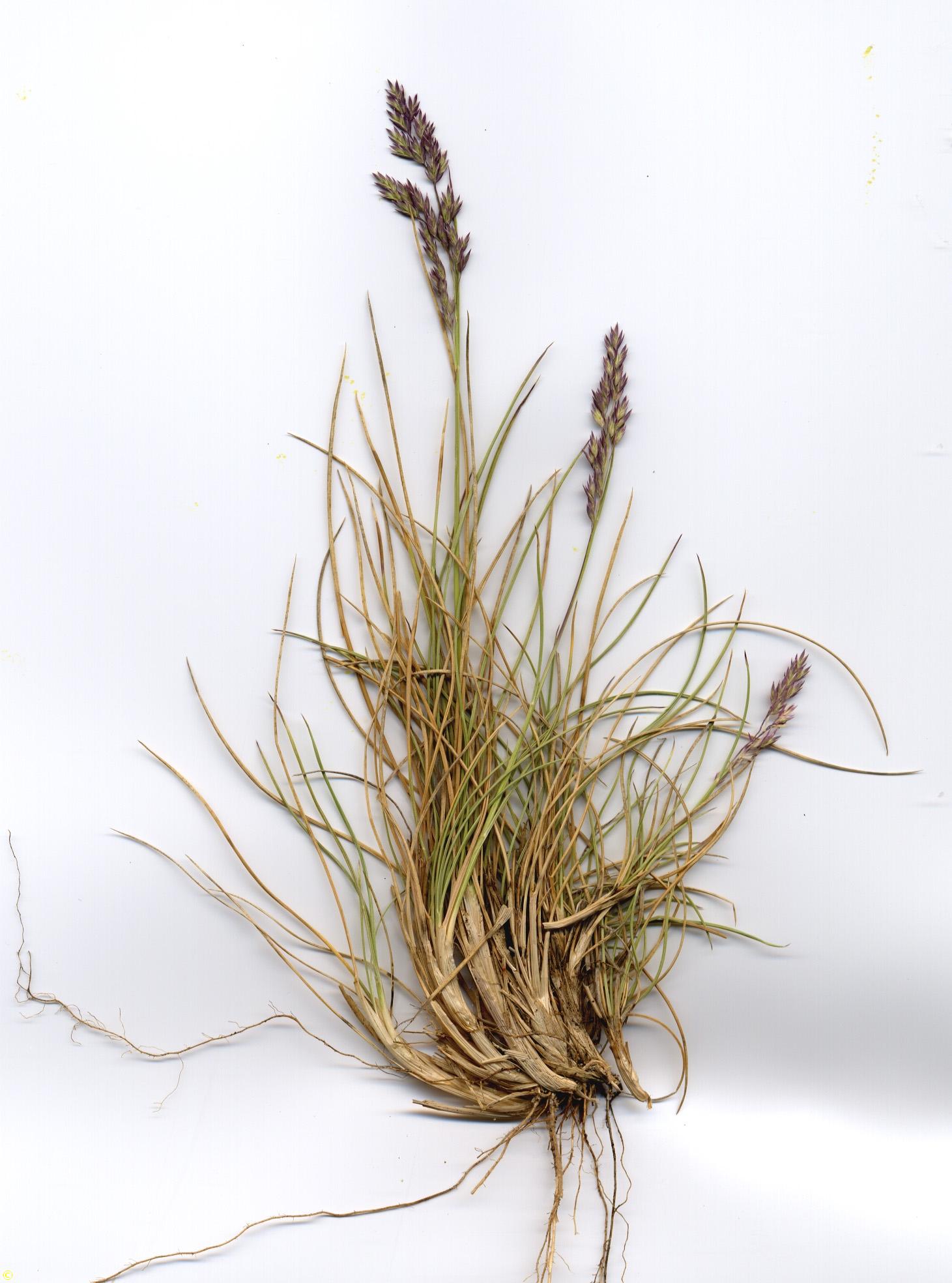Scientific Name: Poa halmaturina
Common Name: dune tussockgrass
Family Classification (Clade): Monocots
Family: Poaceae
Threatened Species Status: Rare
Permit: It is an offence to collect, disturb, damage or destroy this species unless under permit.
Form Description: Small, erect perennial plant, with very fine, long stems and thread-like, pale or yellowish green leaves.
Flowers: Flower head is up to 3cm long, with short, erect branches, bearing pale green, straw-coloured or purplish spikelets.
Fruit: Caryopsis
Municipality
Plant Communities
Habitat Notes
Restricted to coastal dunes and heath on King Island, the Furneaux Group and in the south-west of the State.
General Notes
Cut back in autumn to promote new growth. Bird attracting: attracts seed-eating birds. Provides cover for small lizards.
Propagation Calendar
-
Flowering Month
Jan Feb Mar Apr May Jun Jul Aug Sep Oct Nov Dec -
Seed Collecting Month
Jan Feb Mar Apr May Jun Jul Aug Sep Oct Nov Dec -
Sowing Month
Jan Feb Mar Apr May Jun Jul Aug Sep Oct Nov Dec -
Cutting Month
Jan Feb Mar Apr May Jun Jul Aug Sep Oct Nov Dec
Propagation Method
Seed Information
Seed Collection
Small seed, in tall, finely branched seed heads. As seed matures, seed heads change from green to light brown. Seed is released within 3-14 days of seed maturity. When the seed is ripe, it will fall when the seed heads are rubbed between your fingers. Cut stalks with secateurs to collect.
Seed Storage Life
Several years at room temp.
Seed Treatment Notes
May have 2-3 month after ripening period. Surface sow. Optimum temp 15-25°C. Water well. Suitable for direct seeding.
Cutting & Division Information
Propagates easily by division of large plants.
